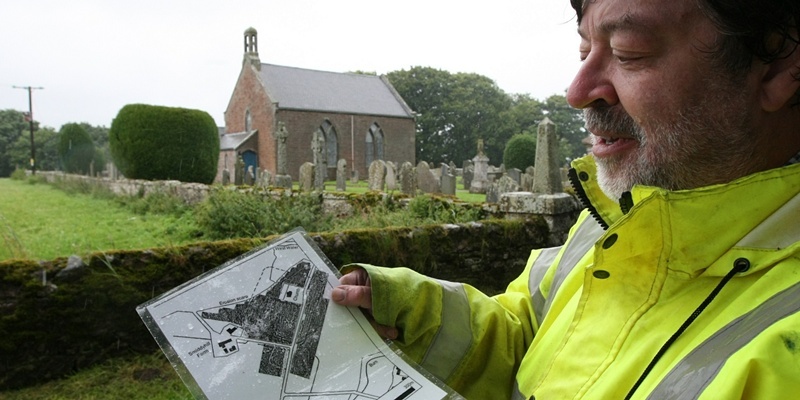A team of archaeologists has arrived in Angus to survey the world’s most northerly Roman fort.
Directors of The Roman Gask Project, Dr David Woolliscroft and Dr Birgitta Hoffmann, are at the ancient site near Stracathro, which was part of a line of Scottish watchtowers believed to be the oldest Roman frontier.
Despite being discovered from the air almost 50 years ago, little is known about the structure of the fort near Brechin, which makes up part of the Gask Ridge frontier system.
Assisted by volunteers from Liverpool University, the experts will use non-invasive survey techniques such as magnetometry and geophysics to ascertain what is under the ground, without causing damage.
As well as examining the fort, the project will also survey the adjacent Roman marching camp, believed to have been constructed as part of the military campaigns of the invading forces. The camp is famed in the archaeological world for its unusual gate structure, examples of which are only found in Scotland.
In addition to surveying the Roman occupation of the site, the team will also be looking for evidence of an early Christian church which was constructed after the Roman period, before being replaced by an 18th-century structure.
The original church site played a crucial role in Scottish history, being the place where John Balliol who later became notorious as the puppet king of Edward I of England surrendered the Scottish crown in 1296.
Dr Hoffmann said: ”We’re really pleased to be working in Angus this year, and we’re looking forward to uncovering more of the story of the Gask frontier.
”So many people just aren’t aware that the world’s oldest Roman frontier passes through the area, and the role it played in Scotland’s early history.
”This year we’ve opted to undertake a series of archaeological surveys rather than doing an excavation, primarily because modern survey equipment can give us a fairly detailed idea of what’s actually under the ground without the need to dig into the ground and potentially damage the evidence.
”We know very little about Roman Stracathro, but by using different survey techniques, and good old fashioned research, we’ll get a better idea of what life in Roman Angus was like.”
The survey is expected to run until September 8 and forms part of the ongoing research into the Roman Gask frontier, which runs north of the Rivers Forth and Clyde.
The system is the earliest Roman land frontier in Britain and was built 50 years before Hadrian’s Wall and 70 years before the Antonine Wall.
